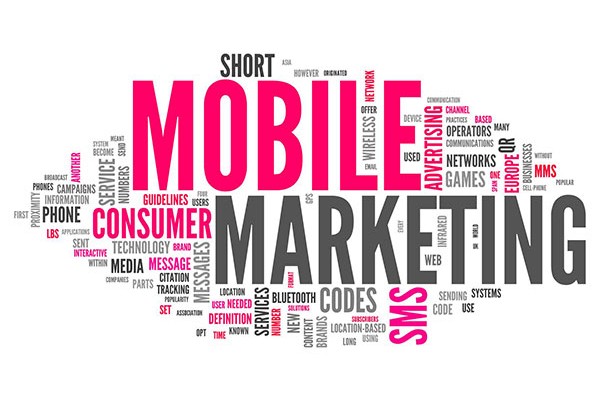You know your customers are on their phones all hours of the day and night. Is your content there when they need it most?
Original Article via Inc. Magazine
Mobile is not just another channel. It is arguably one of the best ways to reach potential customers through content marketing. But understanding consumer behavior is even more important.
Unlike desktops or laptops, mobile devices are with consumers at all times and in almost every situation: Most people check their mobile phone before brushing their teeth and 90% of people have their phone within reach 24/7. This presents unprecedented access to these always-connected, voracious content consumers.
It also means that there’s no one-size fits all approach that will work for content marketing on mobile. However, there are some things to keep in mind that cut across all types of businesses, consumers and content that will make your mobile content marketing efforts more effective:
1. Make sure it is content to go.
While the majority of activities people do on their phones revolve around communication (texting, email and, yes, making calls), mobile devices are the ultimate immediate gratification device–and that creates a content opportunity. From apps and push notifications to directions and other “just-in-time” information, mobile provides the optimal place to connect with consumers exactly when and where they need you.
Research shows that as many as 81% of consumers research a product on their mobile device before they buy it–even from inside retail outlets. This provides an opportunity to do more than offer point-of-purchase discounts or promote your products. If someone is researching a home theater system and you provide information on the requisite cables while they are still in the store, you add value to their shopping experience, win their esteem and maybe even their business. Increasingly, content can be targeted to their in-store activities by using beacons–indoor low-energy Bluetooth connections–so the opportunity to be there with content when you are needed is growing every day.
And retail outlets are far from the only place people are using mobile devices and are receptive to quality content marketing. Consider the situations your customers find themselves in and be there with just-in-time content: Serve up recipes in the kitchen, essential competitor information on the way into a meeting, rainy day activities on vacation, how to build a toy on Christmas Eve. The possibilities are endless.
2. Format matters.
Though texting is an incredibly popular activity on smartphones–and Short Message Service (SMS) can be effective for content marketing–mobile consumers do not live by text alone.
Images make it easy to glance at a page (particularly on a small screen) and to quickly understand the content on offer. Images can be processed faster by the consumer and drive a faster decision to click. Images also evoke emotions, which drives action for many consumers.
Video was once the domain of the lean-back, relaxation time of day: evenings on-the-sofa time. Today, people consume video anytime and anywhere. According a Nielsen study, 28% of online consumers watch video on their mobile devices at least once a day. From how to change a bike tire on the side of a mountain or how to knot a scarf on the way to a party, video is a great way to deliver valuable content and to market your products and services in the process.
Optimizing your site and content for mobile delivery is essential for content marketing. However apps offer an even more engaging possibility for some content experiences. That said, apps aren’t easy or inexpensive to create or to keep stocked with fresh content so it is important to consider whether you have enough of a high-value proposition for your consumer before you start down this path. Increasingly, retailers are experimenting with apps that not only serve customer’s research and purchase needs, but provide added features such as purchase tracking and even tools to increase utility and engagement. A tool can also work as a standalone app if you can identify an ongoing need your consumers have (that aligns with your marketing objectives) and get to work solving their problem and reinforcing your brand in the process.
3. Time is of the essence.
Mobile consumers want convenience. While they use their devices throughout the day and in a multitude of contexts, mobile use is still dominated by short bursts of activity and found-time throughout the day. It is important to consider what these opportunities look like for your market target and to create content accordingly: Is your consumer a mom in line at the store trying to decide if a toy is age appropriate or safe? Or is your customer a salesman on the way into a meeting who needs up-to-the-minute information on his client?
The time of day that people are seeking out your content also matters. Will they be looking for what you have to offer during those busy daytime hours? Or might they be more likely to look for it on a tablet, later in the day when they are ready and willing to consume longer form content?
Not to be lost in all of this is that most people use multiple devices for the same task, often sequentially, for instance starting to research a product on one device and continuing the research on one or more other devices throughout the day. Thus, it is important to create consistent experiences across devices, both in terms of things like responsive design, but also in terms of your marketing campaign so that it engages across multiple touch points and is ready to meet your customers with content whenever and wherever the opportunity presents itself.




